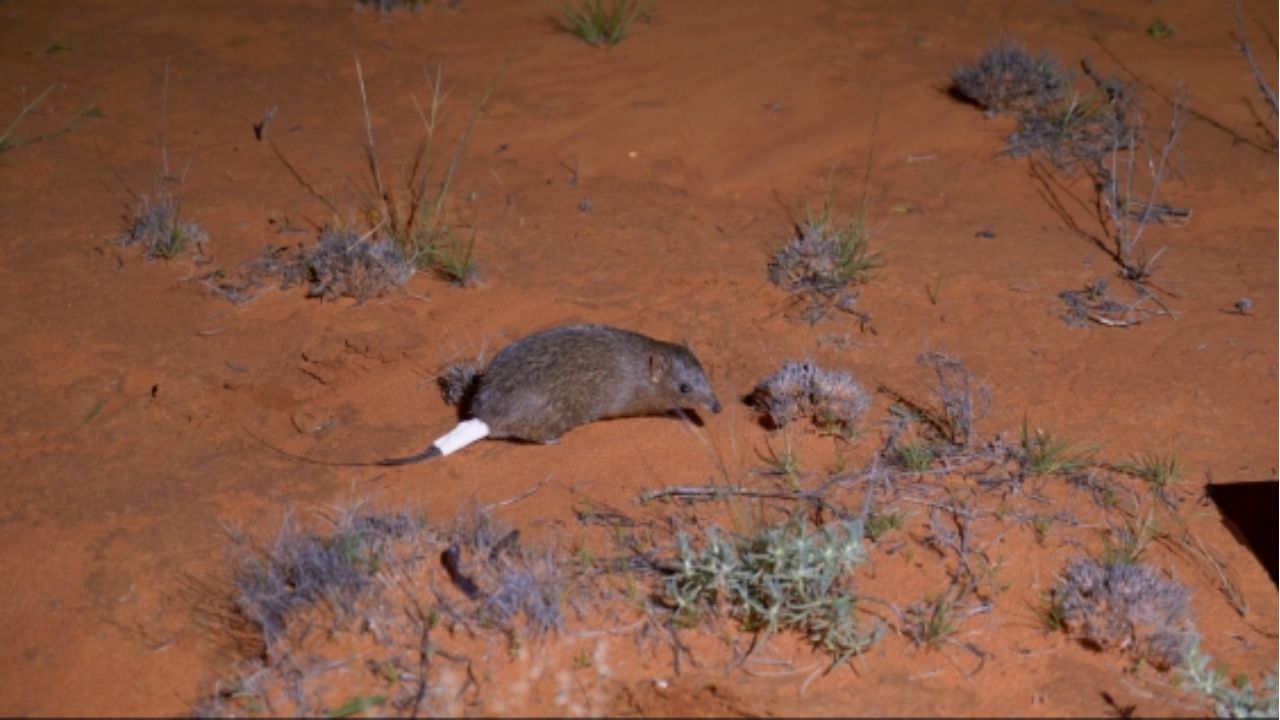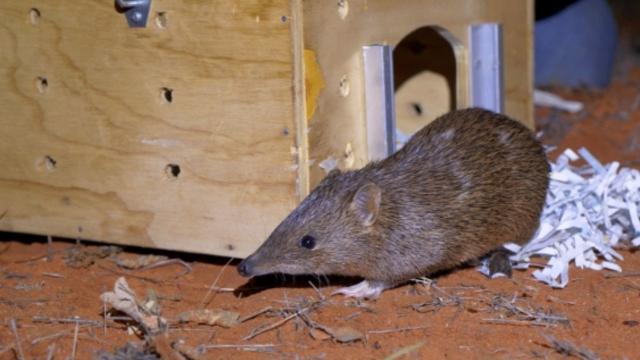Good news, everyone! The golden bandicoot has been reintroduced to the desert in Sturt National Park, NSW, a region where the species has been absent for a century.
It’s thanks to a partnership between UNSW scientists and the NSW National Parks and Wildlife Service that the vulnerable and previously locally extinct golden bandicoot was able to return to the desert.
“Thanks to museum specimens and sub-fossil records, we know the golden bandicoot used to live here in Sturt National Park, but they have been locally extinct for over 100 years,” said Doctor Reece Pedler the coordinator of the Wild Deserts Project.
“Feral cats, foxes, rabbits and changes to grazing pressure drove them to extinction. Now these have gone we have a great opportunity to bring them back.”
Forty golden bandicoots were returned to the Sturt National Park last month. There are also plans to return several other species to Central Australia.
Look at these little angels, they’re so cute. Like a mix between an ant-eater, a mouse and a guinea pig. So smol.

Despite being released back into one of their natural habitats, scientists and conservationists will still need to keep a close eye on them. So, the solution: radio-tracking!
“We use breathable tape to attach a 2-gram radio transmitter to the tail of each bandicoot so we can monitor them after release,” said Doctor Rebecca West, principal ecologist for Wild Deserts.
“This will give us some really important information on how the bandicoots are settling in over the next two months.”
The golden bandicoot was originally driven out of its habitat by a range of factors including species introduction and grazing changes, ultimately contributing to its status as a “vulnerable” species today.
They’re a bit of a wonder animal. Described by West as “ecosystem engineers”, the golden bandicoot dig for seeds, insects, tubers and fungi, turning over soil as they do it and helping with plant growth and the nutrient cycle.
“Their absence from the desert ecosystem has definitely been missed,” West added.
“They also capitalise on good conditions and are able to breed throughout the year.”
The golden bandicoot has been observed doing well in a similar habitat to Sturt National Park, indicating that this reintroduction could be a success.
This is the ninth species that has been rewilded in NSW. Sturt National Park is free from predators, meaning the golden bandicoot will flourish without having to worry about animals eating it.
You can read more about the golden bandicoot’s return to the desert here.
